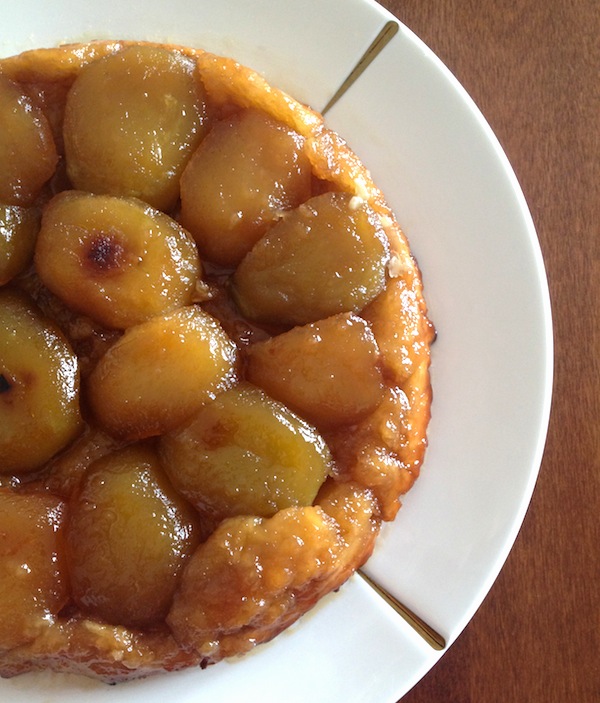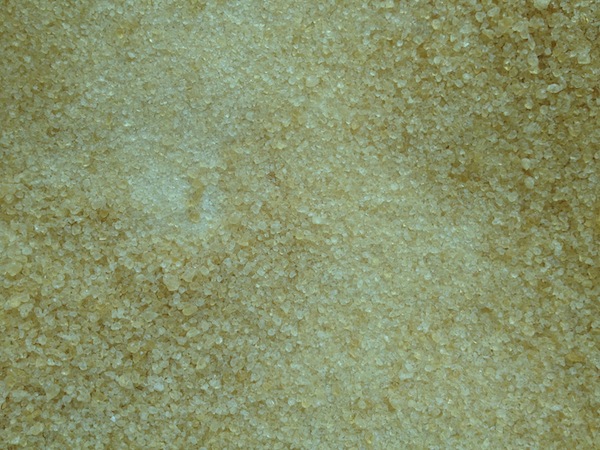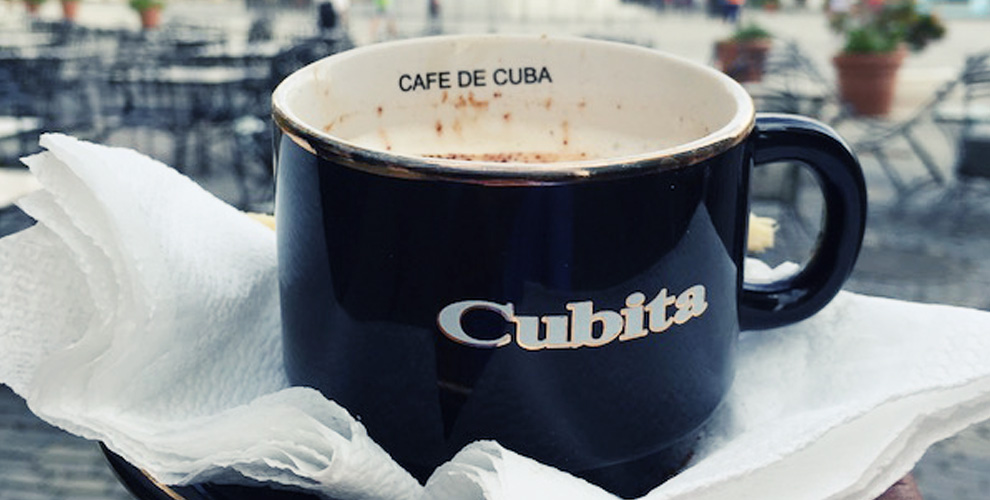Food history is an infinitely mesmerising subject. It’s curious how some dishes are the painstaking result of intellect and innovation… perhaps even the desire to impress. Why else would a rack of lamb be so diligently tied up in the shape of a crown if not to convey a regal message?
Others are purely accidental. When French chef Stéphanie Tatin’s apples began caramelising in butter and sugar, she tried to salvage her pie by covering the fruit with pastry and shoving the entire pan in the oven. Voila, the tarte tatin was born.
And then there is the discovery of individual ingredients. Some have become so integral to everyday cooking and yet come from mysterious beginnings. The gelatine is a case in point. Really, who first decided that we should extract collagen from animal products to harness its gelling properties? Talk about utter genius.
Gelatine has the remarkable ability to turn liquid into a semi-solid state. Once it became commercially available, cookbooks offered ample ways to suspend fruits, vegetables, even leftover roasts in a translucent jelly and make them into centrepieces from dramatic moulds. High-end kitchens began concocting shimmering aspics from refined consommés, while home cook, hospitals and university students fueled a jelly (Jell-o for Americans) revolution.
Today, gelatine remains every bit as relevant. It holds the key to molecular techniques such as foaming and spherification – the former transforms flavours from virtually anything into a lather; the latter captures them in squidgy chambers resembling translucent pearls. So the next time you see truffle foam and lychee caviar on a menu, thank gelatine.
Many dessert and candy recipes call for gelatine because it is colourless and odourless, incorporating anonymously into a dish. In most cases, it takes over the role of eggs in baked goods. It is the secret behind setting a cold dessert and is indispensable to everything from mousses to marshmallow.
As home ovens take a respite during Doha’s warmer months, gelatine is the ideal ingredient to have on hand. Whenever I crave cheesecakes during the summer, I turn to this fuss-free, no-bake recipe that shows off fruits at their peak. At its heart, you have a crust made of melted butter and crushed biscuits, a soft bed of whipped cream cheese and sugar, all topped with a fruity presentation glaze. A simple yet stunning tri-colour, tri-layer effect.
The recipe can be replaced with virtually any other fruit that purees nicely. Should you decide on papaya, pineapple, kiwifuit or figs, make sure they are sufficiently cooked, for they contain enzymes in their raw state that will prevent gelatine from setting. Otherwise, throw caution to the wind and experiment away. Just trust the gelatine, and it shall deliver.
**A version of this article appeared in the magazine Qatar Happening**






